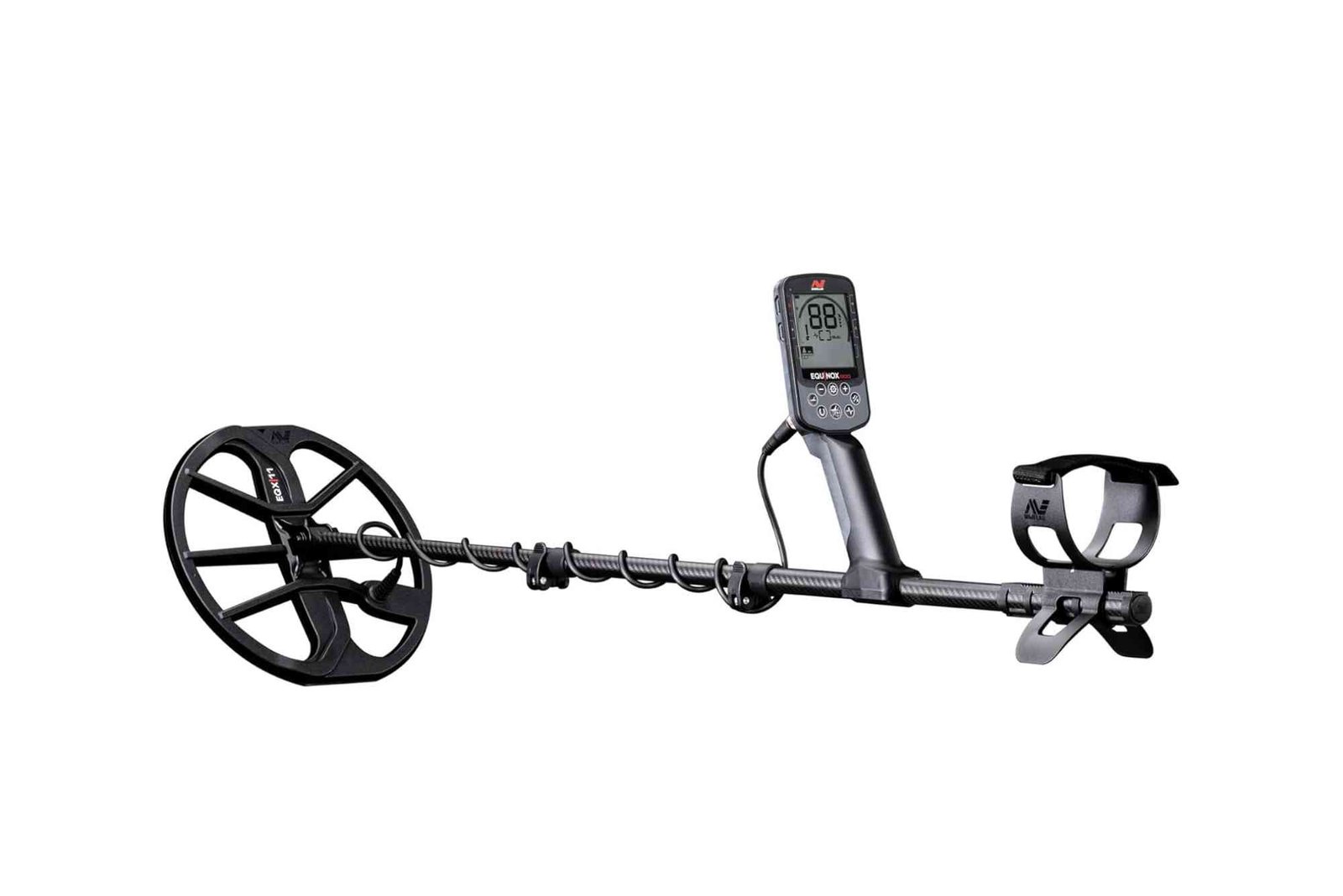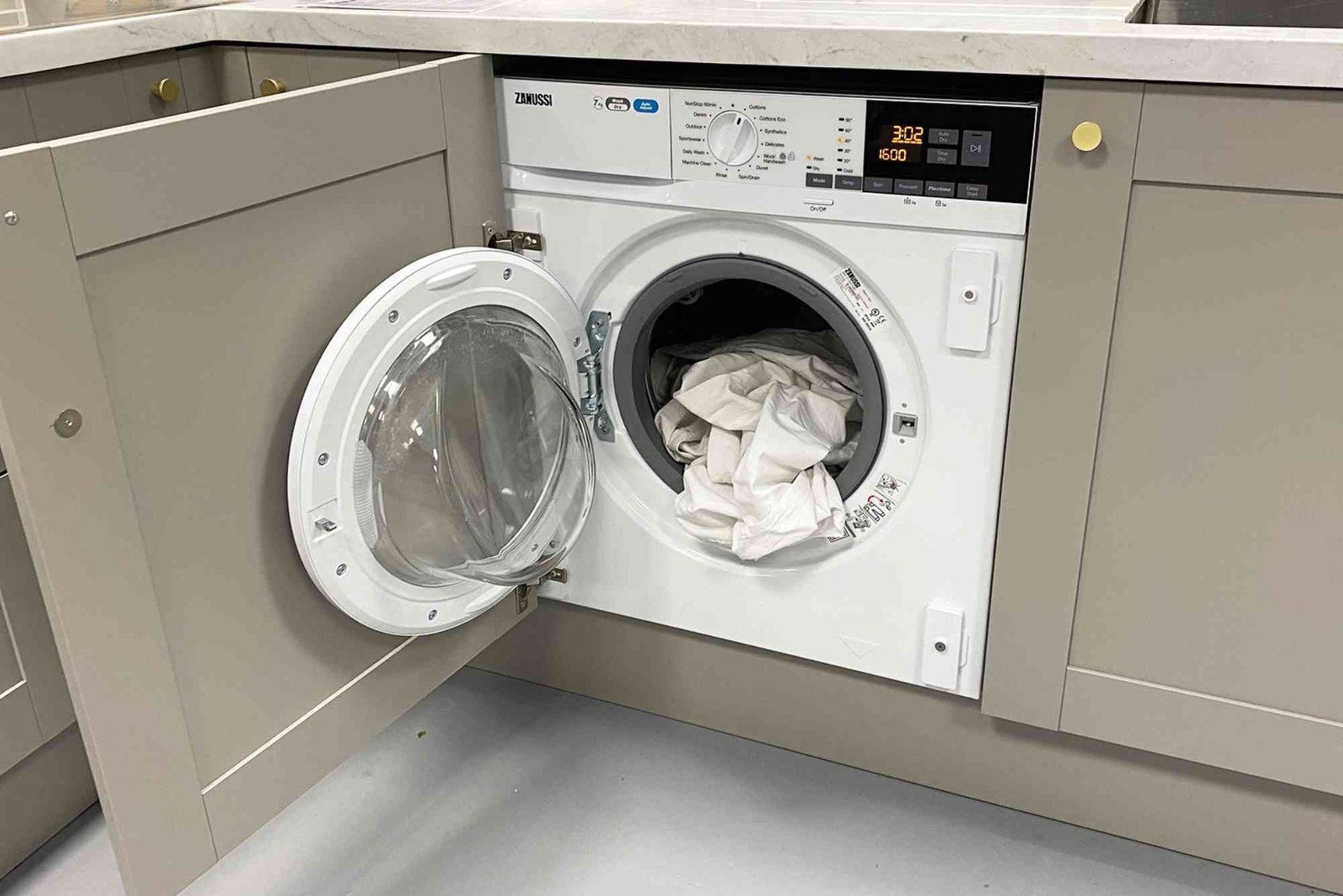If you’ve been managing a growing business, you’ve probably found yourself juggling multiple systems: one for sales, another for customer relationship management (CRM), and a separate tool for accounting. At some point, the question naturally arises—can CRM systems track invoices and payments too?
As someone who has worked with various business software platforms, I can tell you that the answer is both yes and no—it depends on the CRM system you’re using and whether it includes or integrates with accounting features. In recent years, a growing number of CRMs have expanded their functionalities to include invoice tracking, payment management, and even full-fledged financial features, particularly with the rise of what many now call accounting CRM.
Let’s take a deep dive into what that means, how it works, and whether it’s the right solution for your business.
Understanding the Role of CRM in Business Operations
Customer Relationship Management systems were initially designed to centralize customer information, manage interactions, and improve sales processes. Think of it as a digital Rolodex on steroids—complete with follow-up reminders, deal pipelines, and communication logs.
But as businesses evolved, so did their needs. A CRM system that merely stored customer data wasn’t enough. Companies began demanding more integrated workflows—especially when it came to billing and payments. That’s where the idea of combining CRM and accounting functionality came into play.
The modern CRM has transformed into a multifunctional hub, offering tools not only for marketing and sales but also for customer service, e-commerce, and yes—invoicing and payment tracking.
What Is an Accounting CRM?
An accounting CRM is essentially a CRM system that either has built-in accounting features or integrates seamlessly with your accounting software. The goal is to create a unified ecosystem where your customer data and financial transactions live together harmoniously.
Instead of toggling between separate systems to view a customer’s sales history, unpaid invoices, or outstanding balances, an accounting CRM lets you access all that information in one place. This fusion of financial and customer data allows for smarter business decisions, faster payment processing, and better client communication.
I’ve worked with a few systems like this—Zoho CRM integrated with Zoho Books, and Salesforce paired with QuickBooks come to mind. The convenience of having invoice data embedded directly into the customer record cannot be overstated.
Can CRMs Track Invoices?
The short answer is yes—many CRMs today are capable of tracking invoices. But the specifics vary greatly depending on the platform.
For instance, HubSpot offers invoice tracking via integrations, while platforms like Freshworks and Zoho CRM provide built-in invoice generation and tracking features. If you send a quote to a customer, you can convert it into an invoice directly within the CRM, send it by email, and monitor its status—whether it’s viewed, paid, or overdue.
This functionality helps sales reps and account managers stay in the loop without having to involve the finance team constantly. If you’ve ever had a client say, “I didn’t get the invoice,” and you were able to pull up the timestamp of when it was viewed—right from your CRM—you’ll appreciate just how valuable this feature is.
Payment Tracking and CRM
Now let’s talk payments. Tracking payments through a CRM is slightly more complex than tracking invoices. It requires either built-in payment gateway integration or a direct sync with accounting tools.
Take Pipedrive, for example. On its own, it doesn’t offer robust payment tracking. But once you integrate it with a platform like Xero or Stripe, it becomes much more powerful. You can see which invoices have been paid, identify overdue payments, and even send automated reminders—right from the CRM dashboard.
This type of accounting CRM setup is incredibly useful for small to medium-sized businesses that can’t afford to lose track of unpaid invoices or spend hours chasing down payments.
Why Integrating CRM with Accounting Software Matters
From a practical standpoint, integrating your CRM with your accounting system reduces human error. When customer and financial data live in separate silos, mistakes happen—whether it’s duplicate entries, outdated contact information, or misapplied payments.
I once worked with a company that had a robust CRM and a separate accounting system, but the two weren’t talking to each other. That led to customer support reps giving inaccurate payment information, delayed invoice dispatches, and frustrated clients. It wasn’t until they adopted an accounting CRM solution that things started to improve.
The integration ensured that when a deal closed in the CRM, an invoice was automatically generated and logged into the accounting system. No more manual entries, no more dropped balls.
Benefits of Using an Accounting CRM
There are several tangible benefits to using a CRM with accounting features:
1. Complete Customer Profiles: You don’t just see a client’s communication history—you also see their payment behavior. That makes it easier to tailor conversations, offer payment plans, or even prioritize high-value customers.
2. Faster Cash Flow: With built-in invoicing and payment tracking, you can issue invoices immediately after closing a deal. Some CRMs even allow clients to pay directly from the invoice using integrated payment gateways.
3. Better Collaboration: Your sales and finance teams can work off the same system, reducing back-and-forth emails and streamlining internal processes.
4. Automated Workflows: Many accounting CRMs let you set up triggers, like sending reminders before due dates or generating recurring invoices.
5. Improved Reporting: Instead of compiling data from different systems, you can generate holistic reports that show sales trends, outstanding invoices, and customer lifetime value—all in one place.
Real-World Examples of CRM and Invoice Integration
Let me give you a few real-world scenarios I’ve seen where an accounting CRM made a significant impact.
A mid-sized digital marketing agency was struggling to manage client retainers and monthly billing. They used a CRM for sales but relied on a separate Excel spreadsheet to track recurring payments. It was messy and inefficient.
Once they switched to a CRM that offered built-in invoicing and automatic reminders, their billing became more predictable, and late payments decreased by 40%.
In another case, a SaaS startup used Salesforce integrated with Stripe. Every time a customer signed up for a subscription, Salesforce triggered a workflow that generated an invoice, sent a welcome email, and scheduled a check-in call. This automation helped them maintain high customer satisfaction while keeping the finance team informed in real time.
What to Look for in a CRM for Invoicing and Payments
If you’re considering making the switch to an accounting CRM or adding this functionality to your existing setup, here are a few key features to look for:
-
Native or easy integration with popular accounting software like QuickBooks, Xero, or Zoho Books
-
Ability to create and send professional invoices
-
Payment gateway integrations (PayPal, Stripe, Square, etc.)
-
Payment reminders and overdue alerts
-
Reporting tools that combine customer and financial data
Make sure the CRM is user-friendly and fits your business needs. Some platforms are overkill for small businesses, while others lack the customization larger organizations need.
The Bottom Line: Should You Use CRM for Invoicing and Payments?
Yes—if your business involves managing customer relationships and billing them regularly, then using a CRM that supports invoicing and payments can be a game-changer. It streamlines processes, improves communication, and strengthens cash flow.
That said, not every CRM offers these features out of the box. You may need to consider an accounting CRM or set up integrations with your current accounting software.
In my experience, the investment is well worth it. Once you have a centralized system that ties together customer data and financial transactions, your team can operate with more clarity, efficiency, and confidence.
So, the next time you’re evaluating your CRM—or even just rethinking how your business handles customer payments—ask yourself this: would your workflow improve if invoices and payments were tracked right where customer data lives?
Chances are, the answer will be yes.




